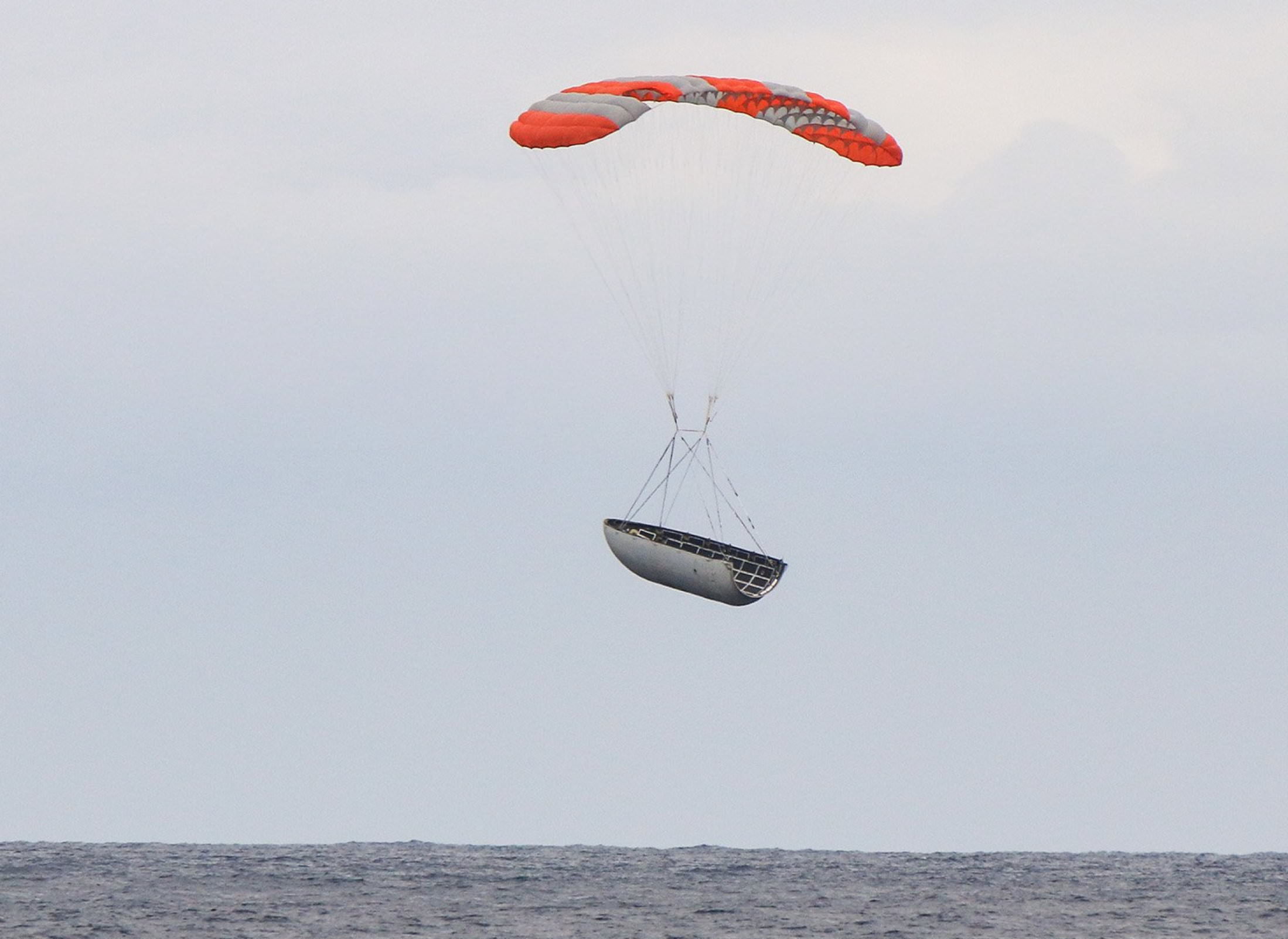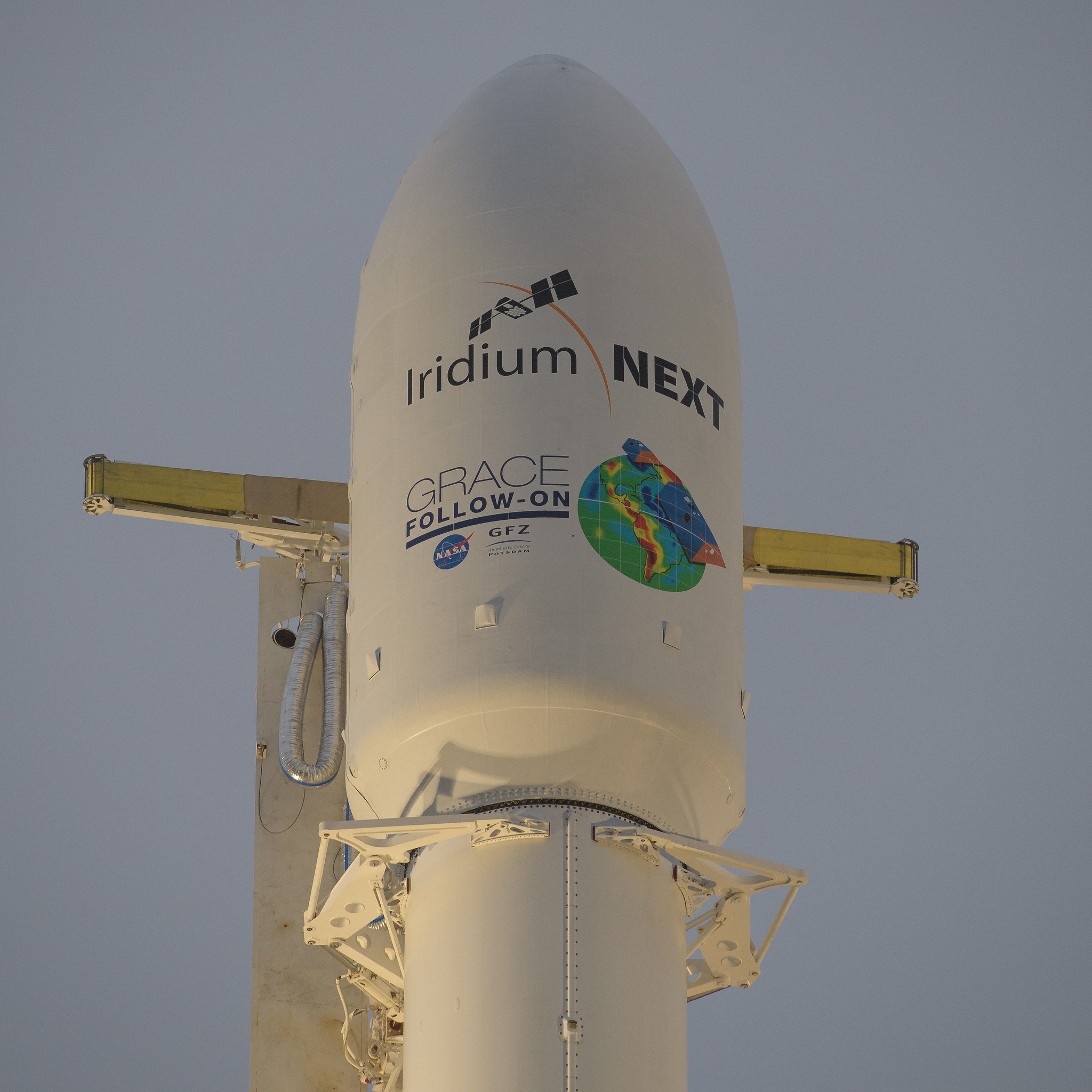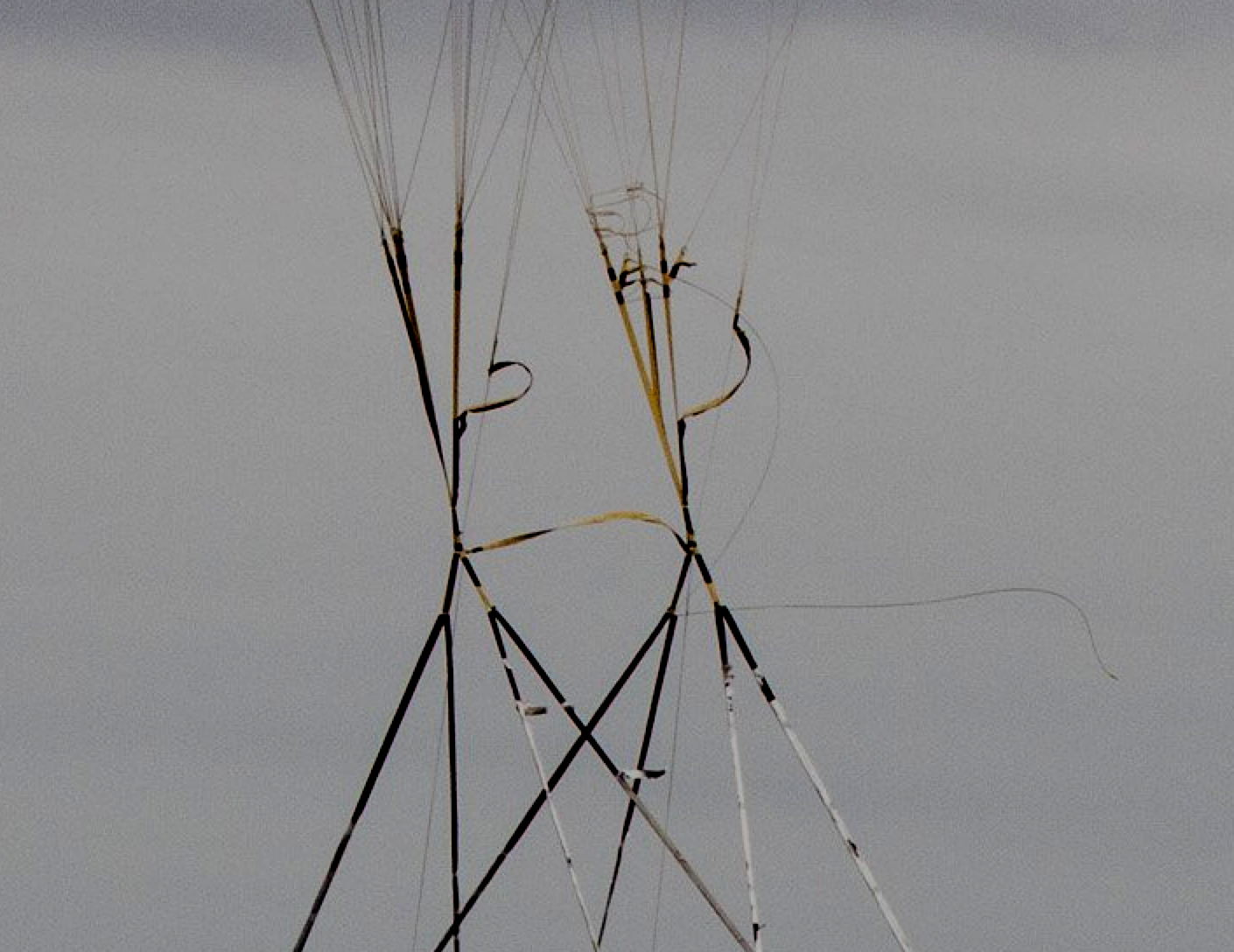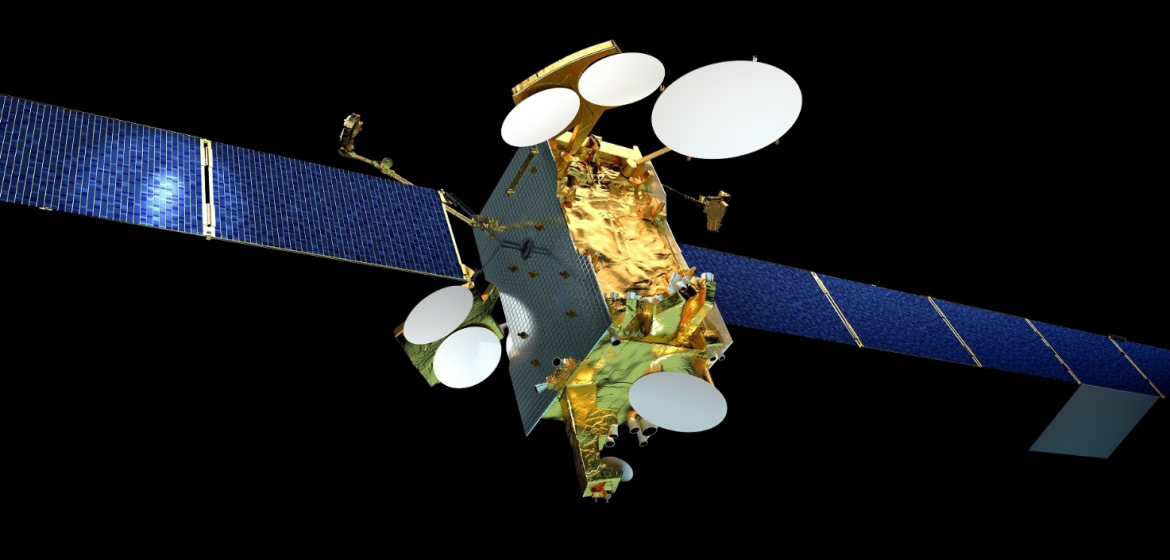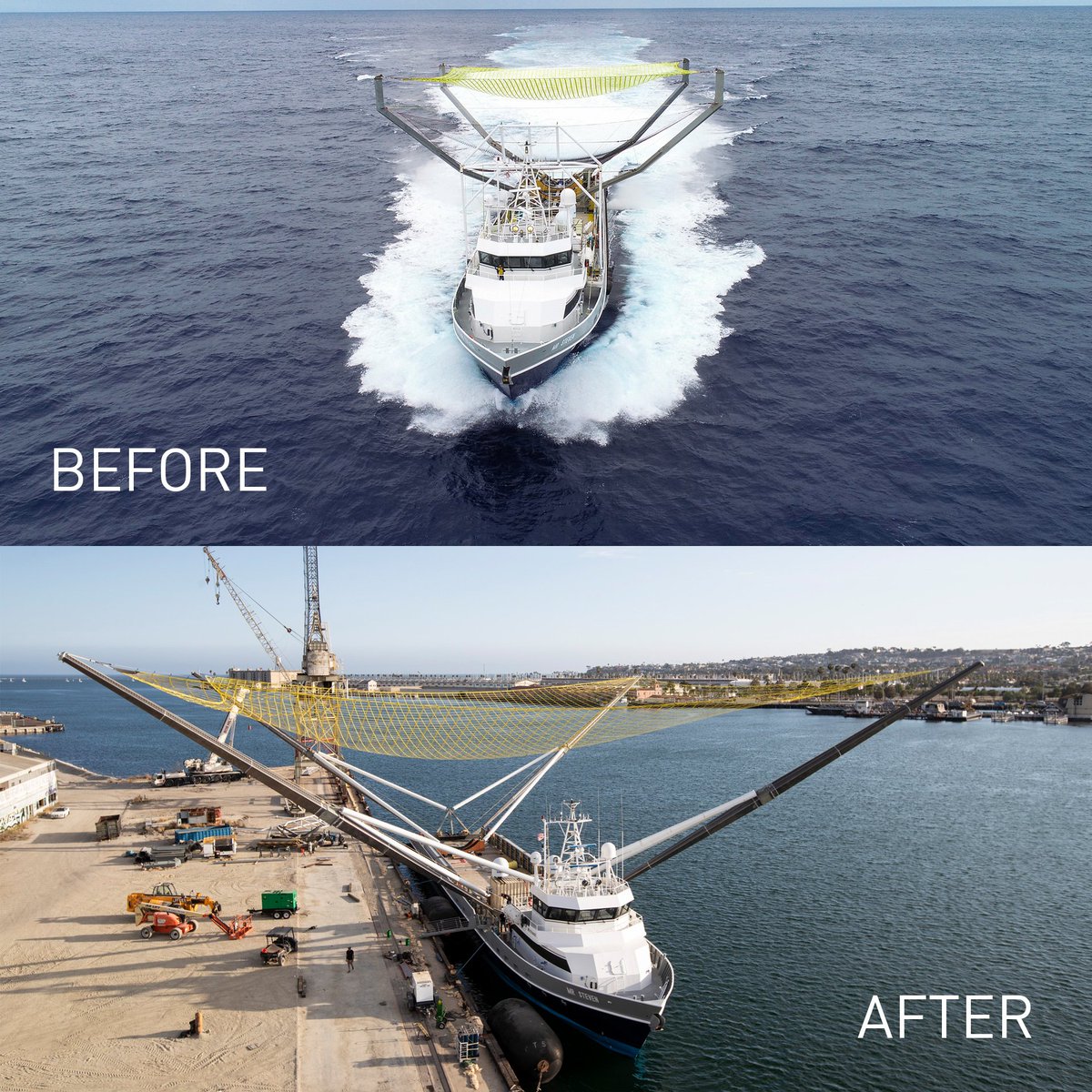- Joined
- Jan 17, 2009
- Messages
- 5,204
- Reaction score
- 1,547
SES-12 launch is scheduled to launch for just after midnight Thursday May 31st
(Friday June 1st 12:29 AM Eastern ) from SLC-40.
Launch window is 4 hours. The booster (reused Block 4 #1040.2) will be expended.
UPDATE - Delayed to June 4th, see next message.
So, 40% chance it'll fly.
Delay day forecast is 40% chance of weather violation, so 60% Go.
(Friday June 1st 12:29 AM Eastern ) from SLC-40.
Launch window is 4 hours. The booster (reused Block 4 #1040.2) will be expended.
UPDATE - Delayed to June 4th, see next message.
Launch day probability of violating launch weather constraints: 60%
Primary concern(s): Thick Cloud Layers Rule
So, 40% chance it'll fly.
Delay day forecast is 40% chance of weather violation, so 60% Go.
Last edited:




